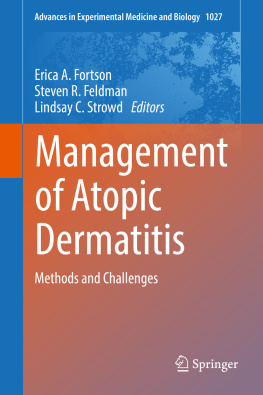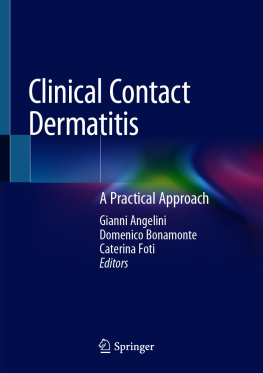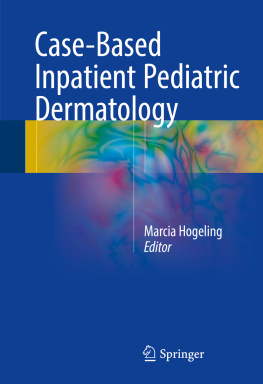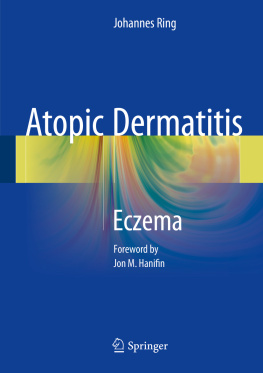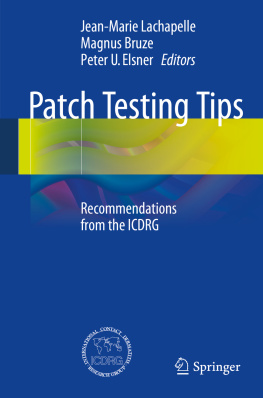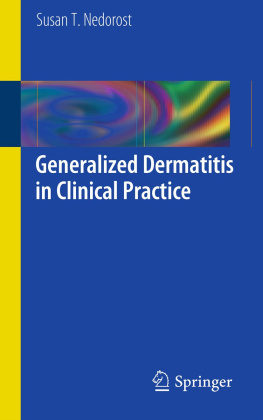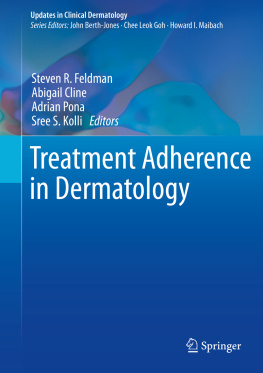1. Introduction
Abstract
Atopic dermatitis (AD) is a chronic relapsing condition that is characterized by itching and redness of the skin. Our modern usage of atopic dermatitis dates back to 1933, when Wise and Sulzberger first coined the term to signify the diseases close association with other respiratory atopy, such as bronchial asthma and allergic rhinitis. A recent systematic review of 69 cross-sectional and cohort studies has confirmed that AD is now a worldwide phenomenon with lifetime AD prevalences of well over 20% in many affluent country settings. Although there is no obvious consistent overall global trend in the prevalence of AD, studies have shown that climate, urbanization, lifestyle, and socioeconomic class influence the prevalence of atopic dermatitis. Despite the pervasiveness of the disease, an understanding of atopic dermatitis has been hampered by a number of factors. Data suggests that extrinsic environmental factors work in concert with intrinsic immune mechanism and genetic factors to drive disease progression. With such a complex etiology, management of atopic dermatitis currently at best achieves symptomatic control rather than cure. This approach poses a significant burden on healthcare resources, as well as patients quality of life. Current management methods of AD often involves a combination of non-pharmacologic modalities and prescription medications. Though they can be effective when employed, there are significant barriers to treatment for patients including time, costs, and medication side effects. Our aim, throughout this text, is to explore the complexities of AD, providing the healthcare provider with tips and tricks to improve patient care and satisfaction and the most current trends and treatment approaches on the horizon.
1.1 Overview and History
Atopic dermatitis (AD) is a chronic relapsing condition that is characterized by itching and redness of the skin. It is primarily a disease of infancy and early childhood. In general, one third of children will present during the first year of life, another third during the second year, and the remaining one third during later childhood. Eighty percent of children have clinical symptoms by 5 years of age []. Therefore, the onset of atopic dermatitis in childhood often foreshadows the later development of asthma and/or allergic rhinitis.
Symptoms of AD include patches of skin that are red or brownish, cracked or scaly, dry, and itchy, especially at night. In infants, AD usually appears as tiny bumps on the cheeks. Older children and adults, on the other hand, often experience rashes on the knees or elbows (often in the folds of the joints), on the backs of the hands, or on the scalp [].
Our modern usage of atopic dermatitis dates back to 1933, when Wise and Sulzberger first coined the term to signify the diseases close association with other respiratory atopy, such as bronchial asthma and allergic rhinitis [].
1.2 Epidemiology
The prevalence of atopic dermatitis has risen dramatically since these initial descriptions. Seven decades ago, estimates of prevalence in Scandinavia revealed that 1.3% of patients suffered from AD [].
Some of the most valuable AD prevalence and trend data have come from the International Study of Asthma and Allergies in Childhood (ISAAC). With close to two million children from 106 countries, ISAAC is the biggest and only allergy study that has taken a truly global approach. The study revealed that over 20% of children are affected by AD in some countries, but that the prevalence varies greatly throughout the world. For 67 year olds, data showed that the prevalence of AD ranged from 0.9% in India to 22.5% in Ecuador. New data showed high values in Asia and Latin America. For 1314 year olds, data showed that the prevalence of AD ranged from 0.2% in China to 24.6% in Columbia. Prevalence over 15% was found in 4 of 9 regions studied, including Africa, Latin America, Europe, and Oceania [].
In addition, a recent systematic review of 69 cross-sectional and cohort studies has confirmed that AD is now a worldwide phenomenon with lifetime AD prevalences of well over 20% in many affluent country settings [].
Although there is no obvious consistent overall global trend in the prevalence of AD, studies have shown that climate, urbanization, lifestyle, and socioeconomic class influence the prevalence of atopic dermatitis.
Living in lower, more tropical latitudes and rural areas have been shown to correlate with a lower prevalence of atopic dermatitis [].
Higher prevalence of atopic dermatitis has been shown to be associated with areas of industrialization and urbanization. In Nigeria, rates of atopic dermatitis have increased with increasing urbanization, rising from 0.3% in the 1960s, to 2.6% in the 1970s, and to 6.1% in the 1980s [].
Socioeconomic class has been shown to impact the prevalence of AD, with higher socioeconomic class correlating with increased prevalence. In a British study, the point-prevalence of atopic dermatitis at age seven in the highest socioeconomic class was twice that in the lowest socioeconomic class. An increase in prevalence was also seen in those families who owned their residences as compared to families who rented. Reasons for this disparity may be attributed to increased exposure to medical care, increased immunizations, a more allergenic home environment, and smaller family size [].
1.3 Complexity of Atopic Dermatitis Etiology
Despite the pervasiveness of the disease, an understanding of atopic dermatitis has been hampered by a number of factors. Data suggests that extrinsic environmental factors work in concert with intrinsic immune mechanism and genetic factors to drive disease progression.
The immune response observed during the course of AD is characterized by a biphasic inflammation. A Th2-dominant immune response occurs in the initial and acute phase of AD, while a Th1-dominant immune response ensues in chronic AD [].
Genetics also influences the manifestations of the disease. In twin studies, there was a higher concordance rate in monozygotic twins compared to dizygotic twins []. It has been established that genetically determined alterations of the epidermis or lipid composition contribute to skin barrier dysfunction, which leads to inflammation. Furthermore, the defective epidermal barrier allows for easier and enhanced environmental allergen penetration through the skin, facilitating the interaction of the allergens with the local antigen-presenting cells and immune effector cells. This leads to systemic IgE sensitization and transition from the non-atopic state to the atopic state of the disease. The skin barrier defect in AD also predisposes patients to colonization or infection by pathogenic microbes, i.e., Staphylococcus aureus , whose exogenous proteases can also further damage the skin barrier.
Environmental factors that impact the development of AD include breastfeeding and time of weaning, obesity and physical exercise, and pollution and tobacco smoke. Breastfeeding is a protective factor up until 3 months of age []. We also mentioned previously: low outdoor temperature, UV light exposure, urbanization, and diet.

